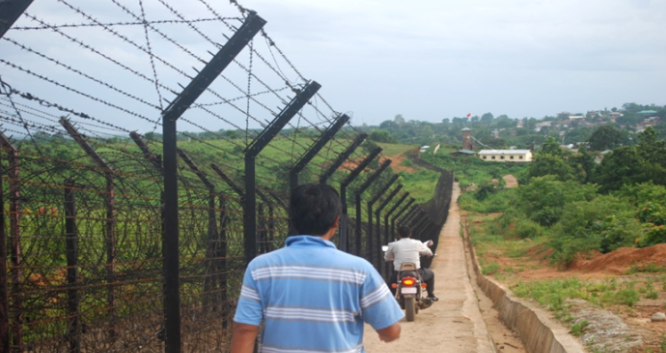
The situation in Manipur, particularly along the Indo-Myanmar border, is complex and deeply sensitive. Recently, the Indian government made headlines with its decision to construct a border fence, citing national security concerns such as curbing illegal activities, including smuggling and the movement of insurgents. On the surface, this might appear to be a straightforward solution, but the reality on the ground is far more complicated—especially for the Kuki-Zo communities living along the border. While these communities have voiced concerns about the fence, it’s important to note that their opposition is not necessarily rooted in a rejection of border security but in how the fence disrupts their traditional livelihoods and cross-border ties. The real challenge, however, lies in the delay caused by local political dynamics, which go beyond community concerns and are also creating problems for the security forces stationed along the border.
The Indo-Myanmar border spans more than 1,600 kilometers of rugged, difficult-to-patrol terrain, making it a hotspot for smuggling, drug trafficking, and insurgent activities. For generations, the Kuki-Zo communities have maintained close cultural and familial ties with people across the border in Myanmar. Historically, they have relied on cross-border trade for their livelihood. For these communities, the proposed border fence represents a significant disruption—not just of physical space, but of their way of life.
While the Indian government claims that these communities oppose the fence due to their involvement in smuggling, this oversimplifies the situation. Smuggling is a real issue, but it is part of a broader economic context. For many in the borderlands, both legal and illegal trade are vital sources of income. The fence, by severing their connections to Myanmar, would disrupt centuries-old practices of cross-border exchange that have sustained these communities. For many Kuki-Zo people, this isn’t just an issue of illegal trade; it’s a matter of survival and economic necessity.
However, the real delay in the border fencing project is not driven solely by opposition from these communities. It is, in fact, more significantly shaped by local political forces. The borderlands have long been characterized by political instability, corruption, and a reliance on informal economies. The porous nature of the border has allowed these informal networks—both legal and illegal—to thrive, often benefitting local politicians and power brokers. Many of these political figures, both local and national, have vested interests in maintaining the status quo. The resistance to the fencing project is therefore more about protecting entrenched political and economic interests than about community opposition to border security. These interests have caused delays in the fencing project, which in turn creates problems for the security forces tasked with securing the border.
Local politicians—many of whom have benefited from these informal economies—are often reluctant to fully support the construction of the fence. This is largely because a hard border would disrupt the informal trade networks and power structures that have flourished in the region for decades. In many cases, these politicians are linked to local groups that rely on the porous border for their political power and economic livelihood. Their reluctance to back the fencing project reflects a broader resistance to change and to upsetting these long-standing dynamics.
This delay in the fencing project, driven by political opposition, is not just a matter of local politics—it also affects the security forces stationed along the border. The lack of a clearly defined, secure border undermines their ability to perform their duties effectively. Border security personnel face challenges in monitoring and controlling the region, and the absence of a physical barrier exacerbates the risks posed by insurgents, smugglers, and other illicit actors. Moreover, local political interference often leads to delays in the implementation of security infrastructure, leaving security forces vulnerable and overstretched. The porous border, combined with political resistance, creates an environment in which securing the region becomes a far more difficult task.
The construction of the fence represents more than just a security measure; it symbolizes a fundamental shift in the region’s political and economic landscape. While the fence is designed to enhance security and reduce illegal activities, it also disrupts long-established economic relationships. For local political leaders who rely on the informal economy, the fence represents a direct threat to their power and influence. This is why the delay in its construction is not just about opposition from the Kuki-Zo communities but about local political figures who benefit from the status quo.
The government’s decision to focus on border security is understandable, given the challenges of managing such a porous and volatile border. However, the approach must be more nuanced. Simply building a fence will not address the underlying issues that fuel instability and conflict in the region. A sustainable solution requires balancing the need for security with a deep understanding of local realities. The fence, while designed to secure the border and reduce illegal activities, could exacerbate tensions if it is seen as an imposition that disregards the livelihoods, traditions, and cultural ties of the border communities.
At its core, the issue is not just about smuggling or national security—it is about the survival and identity of the people living in these borderlands. For them, the fence represents not only a physical barrier but also a threat to their way of life, the disruption of their livelihood, and the erosion of long-established cross-border connections. Without addressing these concerns in a meaningful way, the fencing project risks alienating the very communities it aims to protect, potentially leading to greater instability in the region.
A successful resolution to this issue will require more than just a physical barrier. It must be accompanied by efforts to address the deep-seated political and economic issues that have shaped the region for generations. This includes finding ways to incorporate local communities into the conversation, understanding their economic needs, and offering alternatives to the informal networks that many rely on. A comprehensive approach that combines security with development, peacebuilding, and a recognition of local realities is essential for long-term peace and stability.
Ultimately, the challenge is not only about erecting a physical barrier but about finding a way to secure the border while also respecting the lives and aspirations of the people who live along it. If the Indian government is serious about peace and security in Manipur, it must engage with the Kuki-Zo and other border communities in a way that acknowledges their concerns and offers viable alternatives to the informal economy that sustains them. Without such an approach, the fence risks becoming not just a barrier to movement but a barrier to lasting peace and reconciliation.
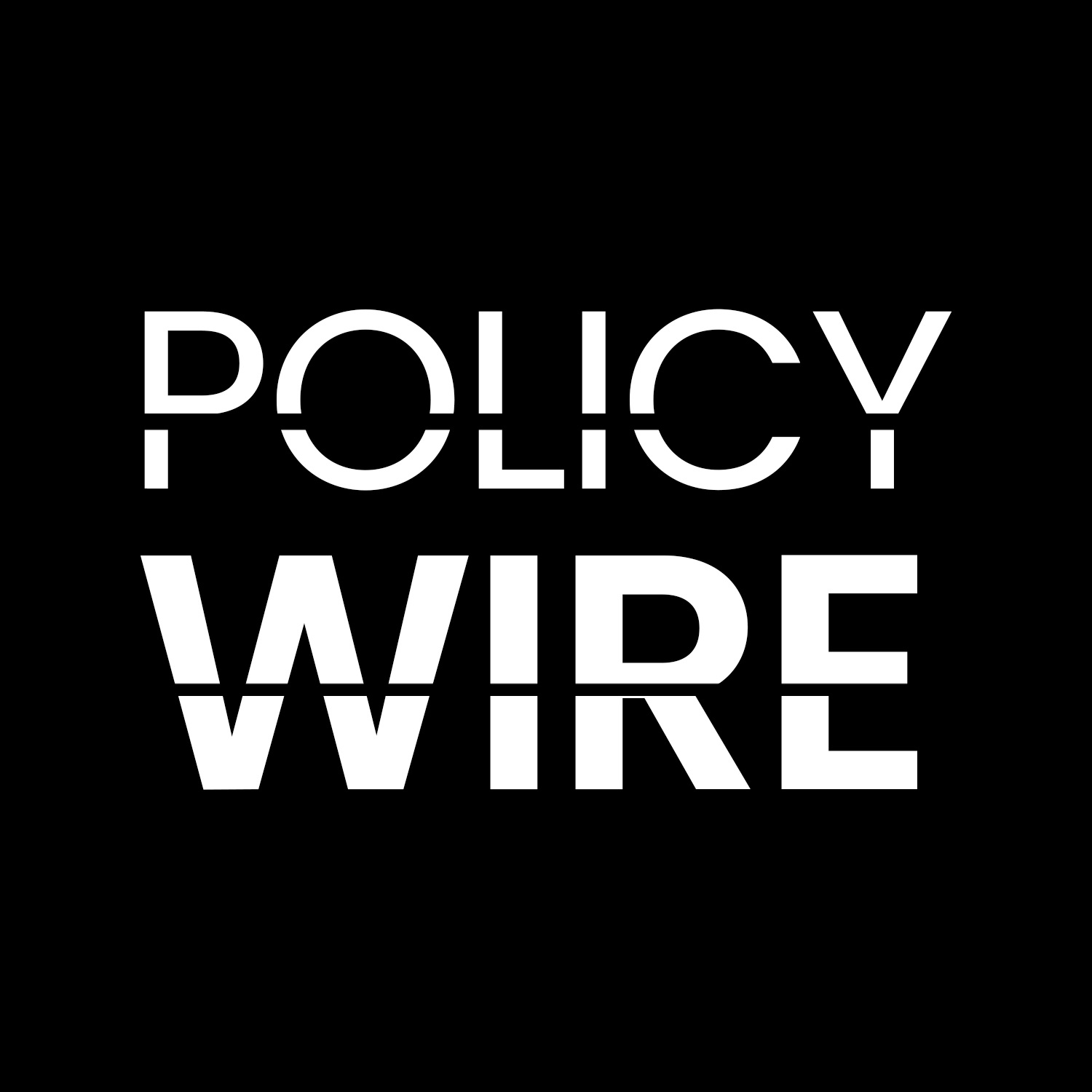





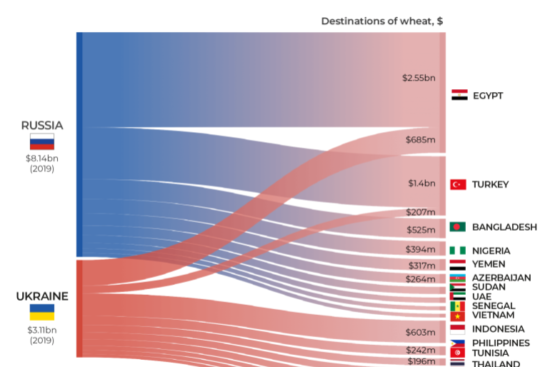
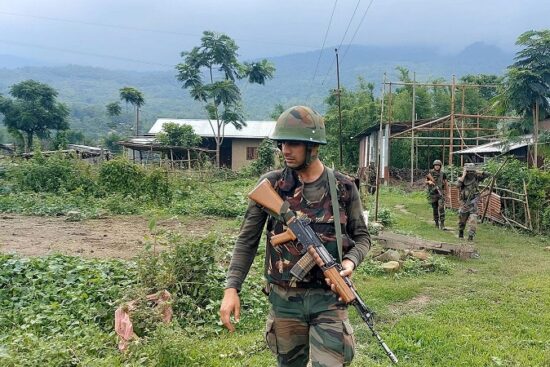
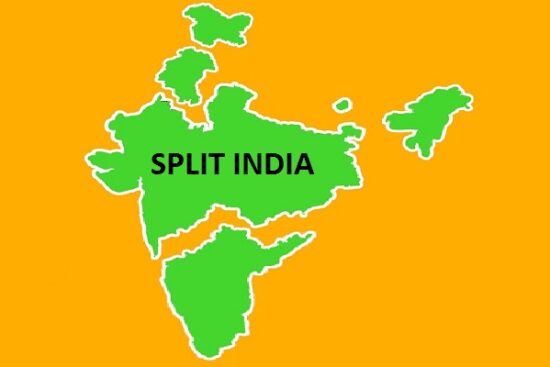
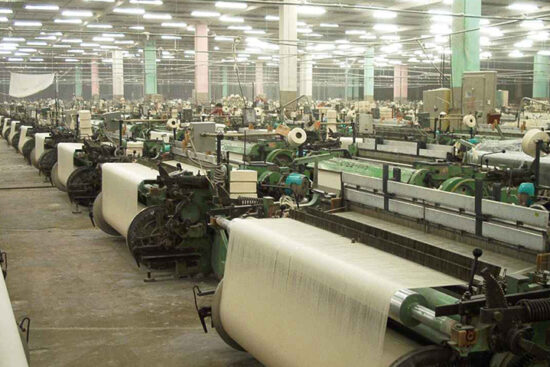









Leave a Reply